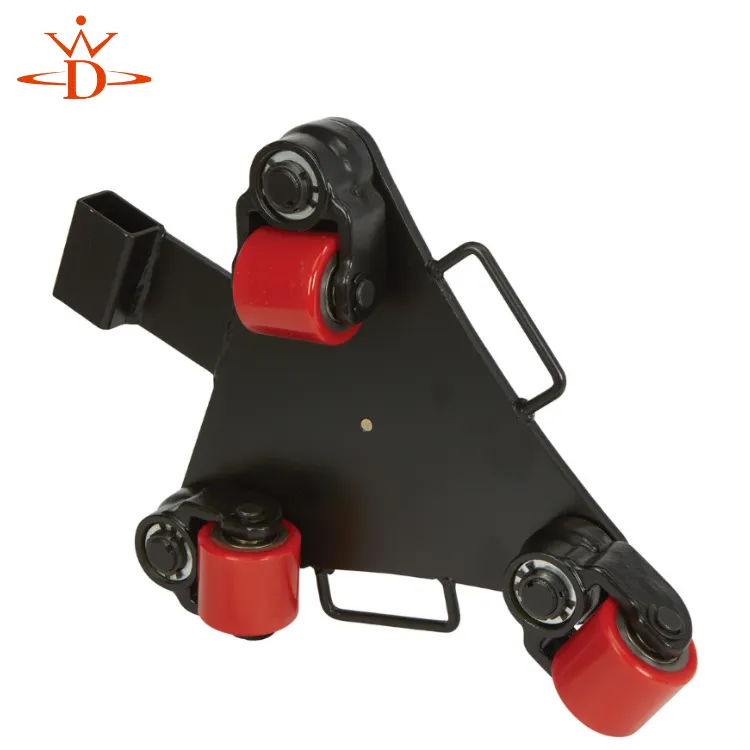Understanding the Expenses Involved in Purchasing a Gantry Crane
The Cost of Gantry Cranes Factors and Considerations
Gantry cranes are essential material handling machines widely used in various industries such as manufacturing, shipping, construction, and warehousing. These cranes are characterized by their overhead design, where the crane runs on wheels along a set of rails or tracks. They offer significant advantages in terms of flexibility and mobility, making them ideal for handling heavy loads. However, the cost of a gantry crane can vary greatly based on several factors. Understanding these factors is crucial for making informed purchasing decisions.
Types of Gantry Cranes
The first consideration for determining gantry crane cost is the type of gantry crane needed for a specific application. Generally, gantry cranes can be categorized into two main types permanent and portable.
1. Permanent Gantry Cranes These are typically larger and more robust, often installed in warehouses or manufacturing facilities. They require a significant investment due to their heavy-duty construction and the need for a proper installation. The cost can range from $10,000 to over $100,000 depending on the crane's capacity, span, and the materials used.
2. Portable Gantry Cranes These are lighter, more versatile cranes that can be moved easily from one location to another. They are ideal for smaller jobs and applications that require frequent relocation. The cost for portable gantry cranes can range from $1,000 to $10,000, making them a budget-friendly option for smaller businesses or those with less demanding applications.
Load Capacity
Another essential factor affecting the cost of gantry cranes is their load capacity. Gantry cranes are designed to handle specific weight ranges, and the more weight a crane can lift, the more expensive it typically is. Standard options usually range from 1 ton to 50 tons, with prices increasing significantly for higher capacities. For example, a crane designed to lift 10 tons may cost around $20,000, while a crane capable of lifting 50 tons could exceed $100,000 due to its more robust components and engineering.
Material and Construction Quality
gantry crane cost

The materials used in the gantry crane's construction also significantly impact its cost. Cranes made from high-grade steel are more durable and long-lasting but also more expensive. Conversely, those constructed from lighter materials, such as aluminum, may be more affordable but may not provide the same strength and longevity, particularly for heavy-duty applications. The construction complexity, such as the presence of advanced safety features or electric hoists, can also elevate the price.
Customization and Features
Customization is another critical element influencing gantry crane costs. Many companies require specific features tailored to their operational needs, such as custom spans, specialized wheels, or integrated lifting systems. While customization allows for improved efficiency and safety, it can substantially increase the overall cost of the gantry crane.
Additional Costs
When budgeting for a gantry crane, it's essential to factor in additional costs associated with its acquisition. These can include
- Installation Expenses Professional installation may be necessary, particularly for permanent structures. - Shipping Fees Depending on the crane size, shipping costs can be substantial, especially for larger gantry cranes. - Maintenance and Operation Ongoing costs must be considered, including inspections, repairs, and energy consumption during operation.
Conclusion
In conclusion, the cost of gantry cranes can vary widely based on type, load capacity, materials, customization, and additional factors. Businesses need to carefully assess their specific requirements, operational environment, and budget constraints when considering a gantry crane purchase. Investing in the right type of crane can lead to significant improvements in efficiency and productivity, making it a worthwhile consideration for companies in need of heavy lifting solutions. By understanding the factors that contribute to the overall cost, businesses can make strategic decisions that align with their long-term operational goals.
-
Unlock Seamless Relocation with Our Heavy Equipment Moving ExpertiseNewsJun.06,2025
-
Unleash Unrivaled Flexibility with Our Adjustable Gantry CraneNewsJun.06,2025
-
Unleash Heavy-Duty Efficiency with Our Industrial Gantry Crane SolutionsNewsJun.06,2025
-
Revolutionize Steel Handling with Our Magnetic Lifter RangeNewsJun.06,2025
-
Master Equipment Mobility with Premium Machinery Mover SolutionsNewsJun.06,2025
-
Elevate Your Material Handling with Magnetic Lifter TechnologyNewsJun.06,2025
-
YS Permanent Lifting Magnets: The Smarter Way to Handle SteelNewsMay.22,2025
